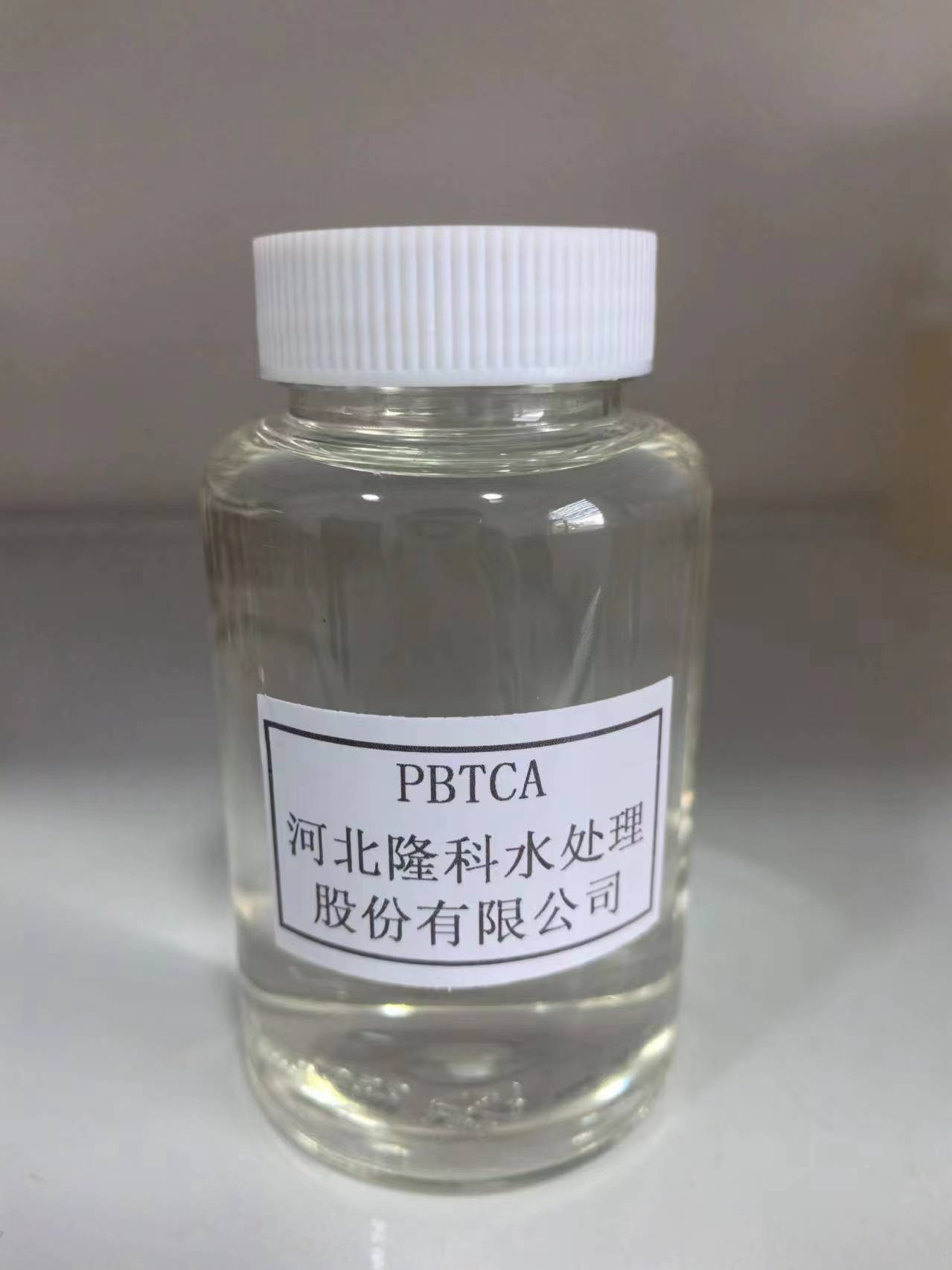flocculant types
Understanding Flocculant Types and Their Applications
Flocculants are essential chemical agents used in various industrial processes, primarily for the purpose of sedimentation, clarifying liquids, and wastewater treatment. By promoting the clumping (or flocculation) of particles, flocculants enhance the removal of suspended solids, allowing for clearer, more purified liquids. This article will explore the different types of flocculants, their properties, and their specific applications.
Types of Flocculants
Flocculants can be broadly categorized into two main types inorganic flocculants and organic flocculants
.1. Inorganic Flocculants Inorganic flocculants are typically metal salts that assist in water treatment processes. Common examples include aluminum sulfate, ferric chloride, and polyaluminum chloride. These compounds work by neutralizing the negative charges of suspended particles, allowing them to aggregate and settle more efficiently.
Inorganic flocculants are favored in municipal water treatment facilities due to their effectiveness in clarifying water and high availability. They are especially useful for removing turbidity-causing particles, as well as microorganisms. However, their use may be limited by the generation of sludge, which requires further handling and disposal.
2. Organic Flocculants Organic flocculants, on the other hand, are typically derived from natural or synthetic polymers. Examples include polyacrylamide, cationic starches, and natural gums like guar gum. These substances tend to have larger molecular weights than inorganic flocculants, providing greater surface area for particle adhesion.
flocculant types

Organic flocculants are preferable in applications where the removal of specific contaminants, such as oils or grease, is necessary. Additionally, they can be tailored for particular industrial processes, making them versatile for various applications like mining, paper manufacturing, and food processing.
Applications in Industry
Flocculants are employed in a multitude of industries. In municipal water treatment, they play a critical role in producing clean drinking water by eliminating harmful contaminants. In the mining industry, flocculants help separate valuable minerals from ore, thus contributing to resource recovery processes.
In the paper industry, flocculants assist in the recycling of water used in production processes, enhancing the overall efficiency of paper manufacturing. In wastewater treatment plants, both inorganic and organic flocculants are utilized to reduce the volume of sludge and improve effluent quality before discharge.
Conclusion
The choice of flocculant type depends significantly on the specific requirements of the process being undertaken, including the nature of the contaminants, the desired clarity of the water, and the potential impact on the environment. With growing concerns regarding water quality and sustainability, the role of flocculants in industrial applications remains vital. Understanding the characteristics and applications of various flocculant types can lead to more efficient processes and improved environmental outcomes.
-
Understanding Polycarboxylic Acids: Properties, Applications, and Future PotentialNewsJul.28,2025
-
Scale Inhibitor Explained: How to Protect Your System from Limescale and Hard Water DamageNewsJul.28,2025
-
Scale and Corrosion Inhibitors: Essential Chemicals for Industrial Water System ProtectionNewsJul.28,2025
-
Polyaspartic Acid: A Biodegradable Polymer for Sustainable ChemistryNewsJul.28,2025
-
Isothiazolinones: A Versatile Antimicrobial Class with Industrial Power and Regulatory ChallengesNewsJul.28,2025
-
A Deep Dive into 2-Phosphonobutane-1,2,4-Tricarboxylic Acid (PBTC)NewsJul.28,2025





